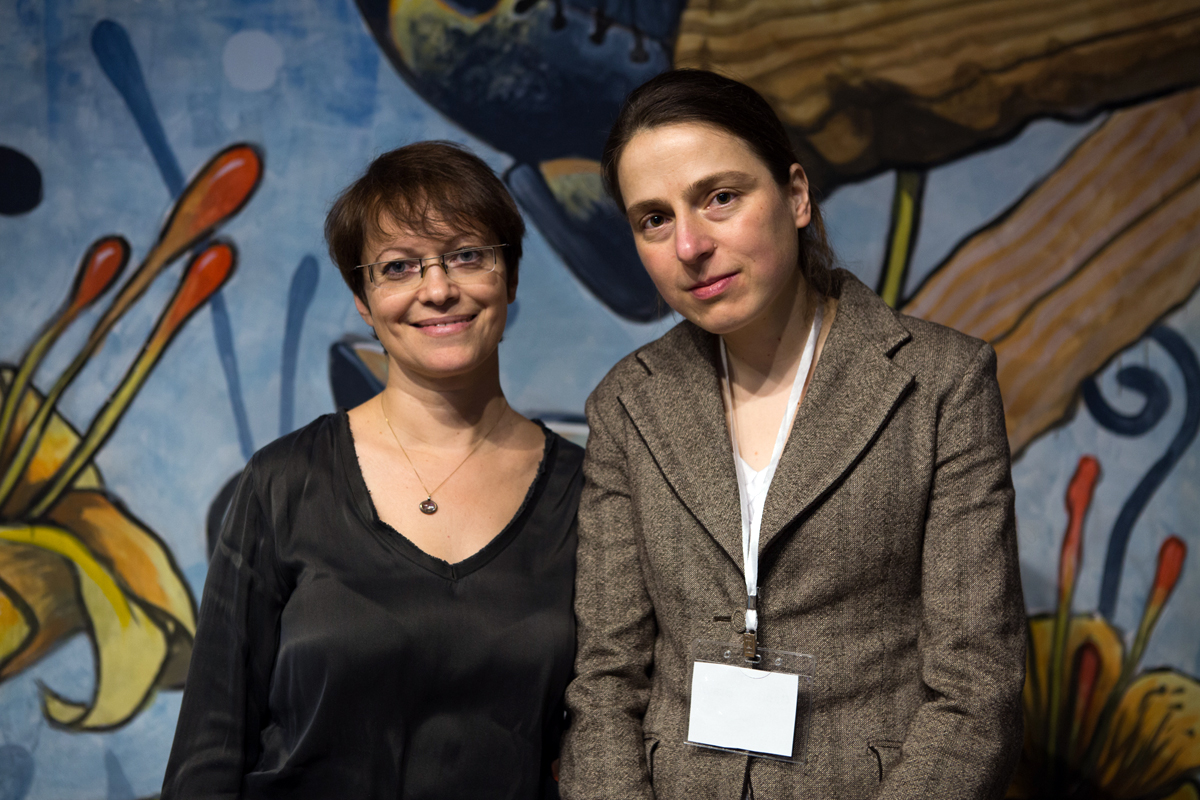Principal Investigator: Inna Slutsky, Postdoc Candidate: Gabriella Braun
Alzheimer’s Disease (AD) is one of the top causes for elderly disabilities affecting more and more people worldwide.
The exact pathogenesis of sporadic AD is poorly understood and there are still no effective treatments available to prevent, halt, or reverse this devastating disease. For the last decades AD pathogenesis has been explained by an elevation in amyloid β (Aβ) levels in the diseased brain. Clinical trials using anti-Aβ therapies fail to show improvements of cognitive function. However, instead of focusing on the endstage, the most exciting question for a physiologist is the initial mechanisms behind the disease.
Destabilization and hyperactivity of hippocampal circuits has been widely reported in amnestic mild cognitive impairment (MCI) and other conditions conferring risk for AD. This hyperactivity is found to be correlated with a progressive cortical thinning. We would like to identify new therapeutic targets to slow-down MCI-to-AD conversion by attenuation of hypermetabolism and hyperactivity.
Gabriella Braun
From childhood, I had a deep interest in nature and natural sciences, especially in mathematics and biology. After successful graduation from the University of Veterinary Medicine (Budapest, Hungary), I have been working in distinct diagnostic and research laboratories for several years. Then I turned to basic research, and earned my Ph.D. in cellular and molecular physiology dealing with the two-pore domain potassium channels, at Semmelweis University, (Institute of Physiology, Faculty of Medicine, Budapest), in 2016. I was also working on human red blood cell electrophysiology as a research fellow in the UK perior to joining the BrainBoost Program.


